By taking over exploitation or investment, foreign investors are taking advantage of good real estate prices to cover the hotel business in Vietnam.
In mid-April, global hotel management giant Marriott International reached an agreement to take over management of 7 Vinpearl hotels and resorts. Of these, 3 are existing hotels in Nha Trang, Hoi An, Da Nang and 4 will be newly built with a total of more than 1,200 rooms, expected to be completed in 2028.
Mr. Rajeev Menon, President of Marriott International Asia Pacific (excluding mainland China), said the move will help the group to be well-positioned to meet the diverse hotel needs in many destinations across Vietnam. Marriott International currently operates 16 hotels and resorts in Vietnam. The company plans to bring some new hotel brands to this market such as The Ritz-Carlton, Westin, Element and Courtyard by Marriott.
Other foreign giants are also making moves to increase their presence. Previously, in February, Lodgis Hospitality Holdings joined hands with Hanwha Group (South Korea) to invest and manage hotel projects in Asia, including Vietnam.
Founded in 2016 by Warburg Pincus, VinaCapital and Mr. Don Lam, Lodgis is not a strange name in Vietnam as it owns Sofitel Legend Metropole ( Hanoi ), is a major shareholder of The Grand Ho Tram Strip (Vung Tau), and manages more than 1,950 rooms under the Maia Resort, Ixora and Hiive brands. In total, they have 11 hotels and resorts under their ownership and management in Vietnam and Cambodia. The company expects the total number of operating rooms to reach 10,000 by 2025.
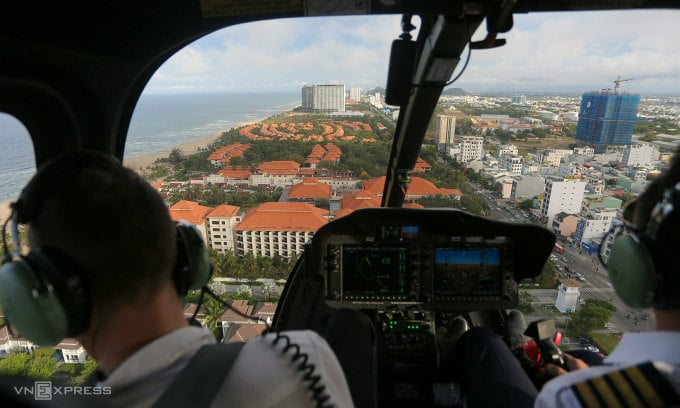
Danang coastal resorts seen from the cockpit of an airplane. Photo: Nguyen Dong
Commenting on Asia property intelligence platform Mingtiandi , JLL Asia Pacific Head of Hotel Investment Sales Nihat Ercan said the sector continues to recover. “Investor interest is strong despite geopolitical and macroeconomic risks,” he said.
Commenting specifically on the Vietnamese market, Mr. Morgan Ulaganathan, Head of Property Services & Tourism - Hotel Advisory of Colliers Vietnam, said that market participants have made "bold moves" since the pandemic began.
KKR, for example, raised $4.3 billion at the height of Covid. Bain has also been buying hotels individually or in clusters, with or without brands. Blackstone is quoted as saying its hotel exposure is at a record low of about 12%. “We wish our portfolio was larger,” Blackstone said in a report.
According to experts, the efforts of foreign enterprises to expand into Vietnam's hotel business sector come from the opportunity to value assets well and prepare a springboard for long-term tourism recovery and development.
“Funds have been raising capital to invest in hotel assets at favorable valuations, before hotel revenues fully recover,” explained Morgan Ulaganathan.
For example, in Da Nang, Savills has recently recorded a number of hotels for sale, concentrated on the coastal roads of Son Tra and Ngu Hanh Son districts and the city center. The reason is that after more than two years of being affected by the pandemic, many owners are facing cash flow difficulties.
Mr. Matthew Powell, Director of Savills Hanoi, commented that most of the hotels for sale are from individual investors, the first to fall into crisis due to the pandemic, and some products are difficult to compete with high-quality products from professional domestic and international developers and operators.
"However, this can be seen as an opportunity for buyers to consider specific plans for planning and developing these projects to meet tourist trends with higher quality and more sustainability," said the expert.
Foreign brands are also able to generate better revenue, which helps them reach management cooperation agreements or boldly invest in Vietnam. Savills' report showed that in the last 6 months of 2022, hotels managed by Pullman, Novotel, Grand Mercure had an average room rate 40% higher, and an occupancy rate 8% higher than domestic branded and self-managed projects.
For resort villas, hotel brands such as Furama, Accor, InterContinental Hotels Group (IHG), Hyatt and Fusion also dominate the supply. Or with Marriott, before continuing to cooperate this month, they received upgrades and development for 8 Vinpearl hotels last year and declared "strong growth".
Meanwhile, the potential for recovery and long-term growth in Vietnam’s tourism industry is hard to ignore. Vietnam recorded domestic tourism last year surpassing pre-pandemic levels, with more than 101 million visitors. This year, the country aims to welcome 110 million visitors, including about 102 million domestic visitors and 8 million international visitors.
Despite the global economic uncertainty, international visitors are still planning to visit Vietnam, according to travel booking platform Klook. Vietnam welcomed 2.7 million international visitors in the first quarter, and Klook is seeing “exponential” growth in demand from international tourists to Vietnam. For example, bookings for travel services in Vietnam from South Korean and Singaporean visitors increased by 70% and 300%, respectively, compared to the first quarter of 2019 - before the pandemic.
Mr. Nguyen Huy Hoang, newly appointed Managing Director for the Vietnam market of Klook, predicts 2023 to be a promising boom year for inbound (international visitors to Vietnam). Attractive destinations include Da Nang, Ho Chi Minh City, Ha Long, Nha Trang, Sa Pa, Hanoi, Phu Quoc, Hoi An, Ninh Binh, Da Lat and Hue.
According to Colliers, Ho Chi Minh City will join Singapore, Bangkok, and Bali as the markets leading Asia's recovery. "The fundamentals for Vietnam's resort tourism development are very positive and the demand for capital deployment is very high. The clock is ticking. It is time to start preparing for a vibrant season of deals this year," Mr. Morgan assessed.
Telecommunications
Source link






![[Photo] Prime Minister Pham Minh Chinh and Prime Minister of the Kingdom of Thailand Paetongtarn Shinawatra attend the Vietnam-Thailand Business Forum 2025](https://vphoto.vietnam.vn/thumb/1200x675/vietnam/resource/IMAGE/2025/5/16/1cdfce54d25c48a68ae6fb9204f2171a)










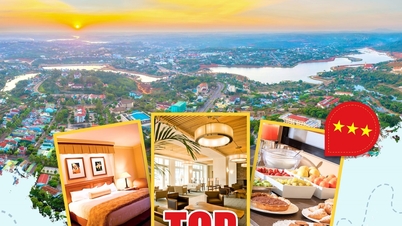

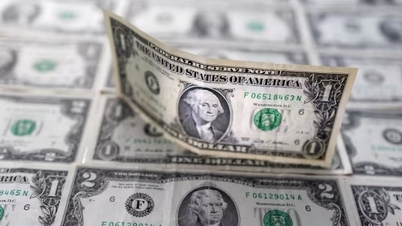

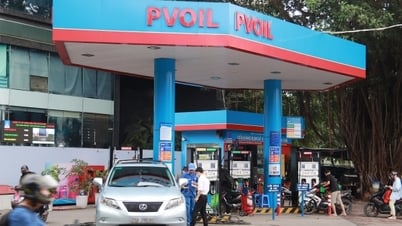


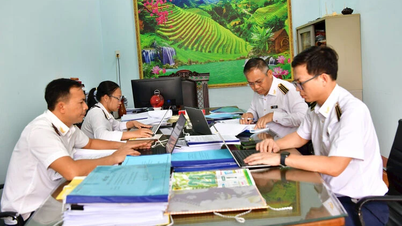













![[Photo] President Luong Cuong receives Prime Minister of the Kingdom of Thailand Paetongtarn Shinawatra](https://vphoto.vietnam.vn/thumb/1200x675/vietnam/resource/IMAGE/2025/5/16/52c73b27198a4e12bd6a903d1c218846)













































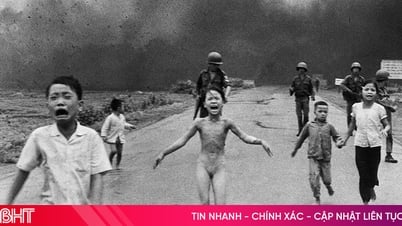
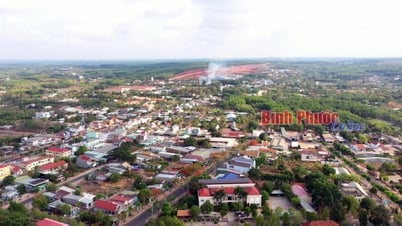

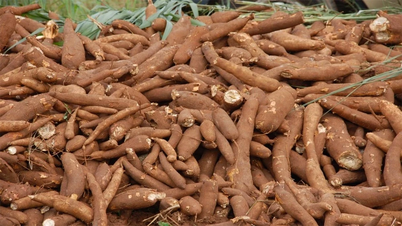













Comment (0)